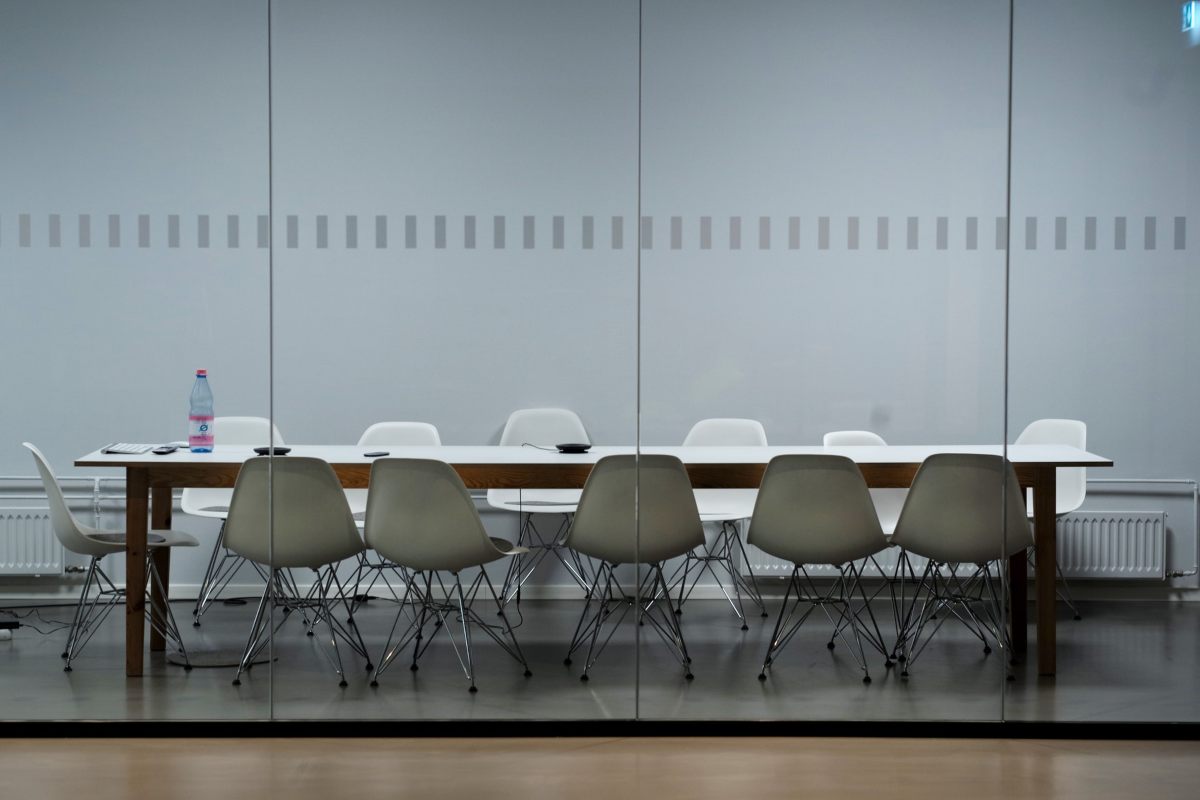Modern office chairs and chairs have a clear division according to their purpose: director’s and operator’s chairs, chairs for meeting rooms, for recreation areas, chairs and chairs for visitors, for conference rooms and waiting rooms.
Some “categories” are similar in purpose, they are united by common functions. So, for example, the operator’s chair for a set of technical requirements practically does not differ from the chair for the manager’s office.
At the same time, the executive class director’s chair, of course, is distinguished by a high design, extremely expensive natural materials, and, as a result, the price.
Many of the requirements for flexible working model coincide with the requirements for cabinet furniture. First of all, reliability in use, the versatility of design, convenience, external solidity, and attractiveness.
However, if the choice of cabinet furniture is enough to look at it and study the characteristics, then it is necessary to sit down on upholstered furniture and try all the adjustments and functions. This is the main advice when choosing desk chairs and office chairs.
Сhairis the main factor in maintaining high performance and health for many years, and its choice is important for effective work.
The Minimum Set of Requirements For A Work Chair

- the presence of plastic armrests and five-beam support with easily rotating wheels;
- the ability to change the height of the seat and the tilt of the backrest with one hand and without getting up from the chair. All adjustments should be easy and pleasant – this is the only way you will train yourself to adjust the chair to your figure and not vice versa;
- the presence of a shock absorber on the height adjustment mechanism, which softens the sharp change in the load on the spine when lowering to the seat;
- the ergonomic shape of the backrest (cushion under the lumbar deflection). This can be achieved by both the shape of the frame and the thickening of the upholstery;
- a thick layer of high-elasticity foam with peripheral thickening of the seat (to facilitate the fixation of the vertical position) and a soft rounded front edge of the seat (to avoid systematic clamping of the blood vessels on the legs);
- the safe upholstery material on the” working “surfaces of the seat and back (thick fabric, genuine leather, special “breathable” types of furniture fabric), which allows you to avoid overheating and cooling in any weather and humidity. For the lower and rear surfaces, finishing with plastic or leatherette is acceptable.
More Advanced & More Expensive Seats Can Have More Complex Adjustment Mechanisms
- A smooth change in the height of the backrest and the depth of the seat;
- armrests, adjustable in height and angle of rotation;
- synchro mechanism “1:3”, synchronously changing the angle of inclination of the seat and the backrest in an ergonomic proportion (each degree of inclination of the seat is equal to 3 degrees of inclination of the backrest);
- mechanism “rocking chair” – rocking the chair with a precisely selected coefficient of elasticity for your weight;
Higher Quality Materials Can Be Used
- built-in metal frame for five-beam supports,
- polyurethane, aluminum, wood, or leather upholstery for the armrests, improved
- leather for the front and upper surfaces of the seat and back, genuine leather for the lower and rear surfaces.
A Few Practical Recommendations

Recommendation #1
Wheels that can easily roll on both a smooth floor and a fleecy surface – a mandatory requirement for work chairs for employees and managers.
Recommendation #2
The need for armrests for employees ‘ chairs is determined by how much they have to work with the computer keyboard (elbow support is required) and how often they have to leave the workplace (they need to lean on the chair when getting up and down).
It makes sense to buy chairs without armrests only if there is an extreme lack of space in the office.
Recommendation #3
Managers who often hold meetings and meetings in their office need to have a “rocking chair” mode in the mechanism of the chair, and those who work a lot in a constant position with a computer and papers – an ergonomic synchro mechanism “1:3”, which perfectly adapts the chair to any figure and any type of work.
Recommendation #4
Decentralizing the swing: the swing axis in the “rocking chair” mechanism should be moved forward from under the center of the chair (the further away – the better), then when swinging in the chair, the legs (knees) will not rise, and the swing process will look decent and solid.
Recommendation #5
Chairs and chairs for visitors should be with a low back, the minimum possible width, preferably on legs or on an elastic frame.
Chairs on rotating support are only applicable for visitors who are already used to office chairs (otherwise, the visitor will continuously spin in front of you and interfere with the conversation).
Recommendation #6
Office Chairs for employees should support only the shoulders and back (sleep in the workplace is a great temptation for middle and lower-level personnel), but the head of the chair can also support the head.
Helpful Resources:
- How To Optimize Office Space?
- How To Start A Woodworking Business?
- 14 Office Designs That Will Motivate Your Employees
Author: Alexandr Fallan














